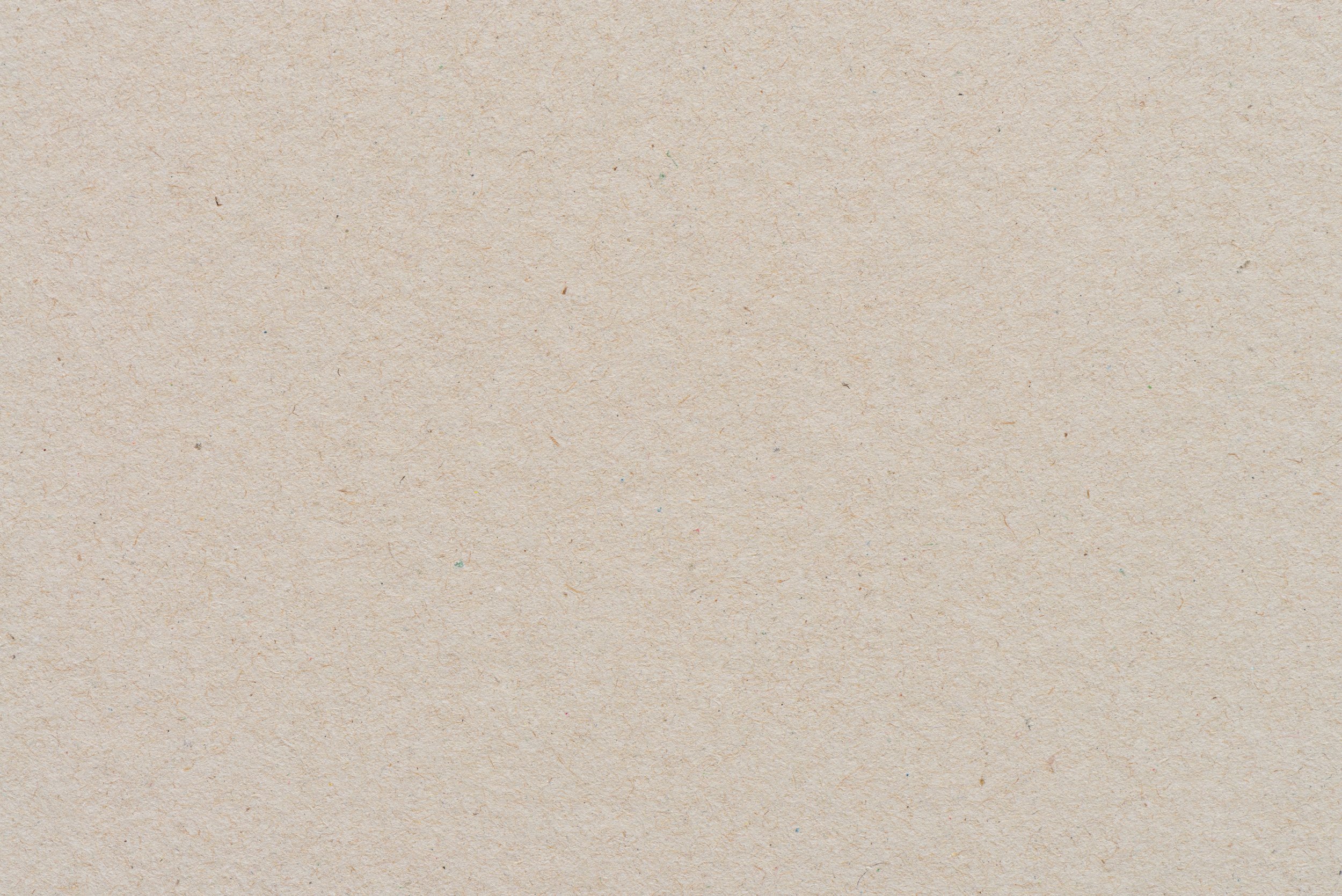
Water
LESSON 6
Children explore the last piece of the soil puzzle by conducting an experiment to see how water and soil interact.
A large paper cup (or a few, depending on how many soil samples you collected)
Scissors (or something sharp for poking holes)
Dry soil on baking sheet from Lesson 1
Large bowl
A drinking glass
Water
Materials
Check your soil on the cookie sheet from lesson 1 to ensure that it’s dry.
Gather together all other materials and set them aside.
Preparations
Assist children as they complete an experiment.
Promote a continued curiosity in soil, organic matter, worms, and microbes as your child keeps up with their composting jar and wormery.
Facilitate a conversation to review what your child has learned or come to appreciate about soil throughout the unit.
Objectives for Teachers
Objectives for Children
Children explore how water interacts with soil as they complete a hands-on experiment.
Children practice using critical and scientific thinking as they make observations about soil and water.
Children practice fine motor skills as they measure and pour during the experiment.
Children develop new knowledge and an appreciation for soil.

Collect and Connect
Practice saying the poem “Worm” together with the actions you came up with.
Worm
Worm, worm,
Slippery slide,
I smell a bird,
I better hide.
Down, down,
Under the ground,
Wormy, squirmy,
Around and around.

Activity Flow
Begin by reflecting on previous lessons and the parts of soil we have explored so far. Take a moment to shake your compost jars and check in on your wormery. Ask questions such as:
What new things did you learn about worms yesterday?
How are worms and microbes going to help our soil?
What do you think our wormery looks like today?
2. Tell your child about another exciting experiment we're doing today to learn about the final piece of the soil puzzle. Start by taking the dirt that has been drying since lesson 1 and place it into a large paper cup. If you forgot to dry the dirt, simply try to find the driest dirt you can from outside.
A note for teachers: This experiment can also be done with different types of soil to demonstrate how some soil is more absorbent depending on its makeup. For example, soil with a lot of compost in it will hold a lot more water than soil that is made up of mostly rocks and minerals. This is because compost helps to improve soil structure, allowing it to retain moisture more effectively. Additionally, the organic matter in compost acts like a sponge, absorbing and holding onto water, which benefits plant growth and soil health.
3. Fill the cup about halfway with the dry soil. Then, poke 5-10 small holes in the bottom of the cup. Once that's done, place the cup in a large bowl.
4. Next, fill a glass of water up to the top. Slowly add the water to the cup of soil in the bowl. You'll notice that the water starts to run through the holes at the bottom of the cup. Let it run for a few minutes, and then take the cup of soil out and place it on a plate.
5. Finally, pour the water that remained in the bowl back into the original cup. Take a moment to compare the difference in the water level in the cup now compared to when it was filled to the top. Ask your child what they notice. You'll see that a lot of the water has been absorbed by the soil. It's just like how a sponge absorbs water!
6. Ask your child some follow up questions, such as:
Why would soil need to absorb water? (This is how roots of plants are able to get their water, and it’s also a natural drainage system. Otherwise, the ground would always be flooded with water.)
What other things besides plants can use the water in soil? (microbes, insects, worms, and fungi)
What part of soil composition (from lesson 2) do you think absorbs the most water? Sand, silt, clay, or organic matter?
7. Conclude the soil unit, with a discussion. Encourage children to continue to check in on their wormery and compost experiments over the next few weeks.
What is something new you learned about soil?
What are you left wondering about soil?
Tell me about the “puzzle pieces” that make up soil. Which one was your favorite to learn about?
What do you want to do with our compost once it has been broken down?




